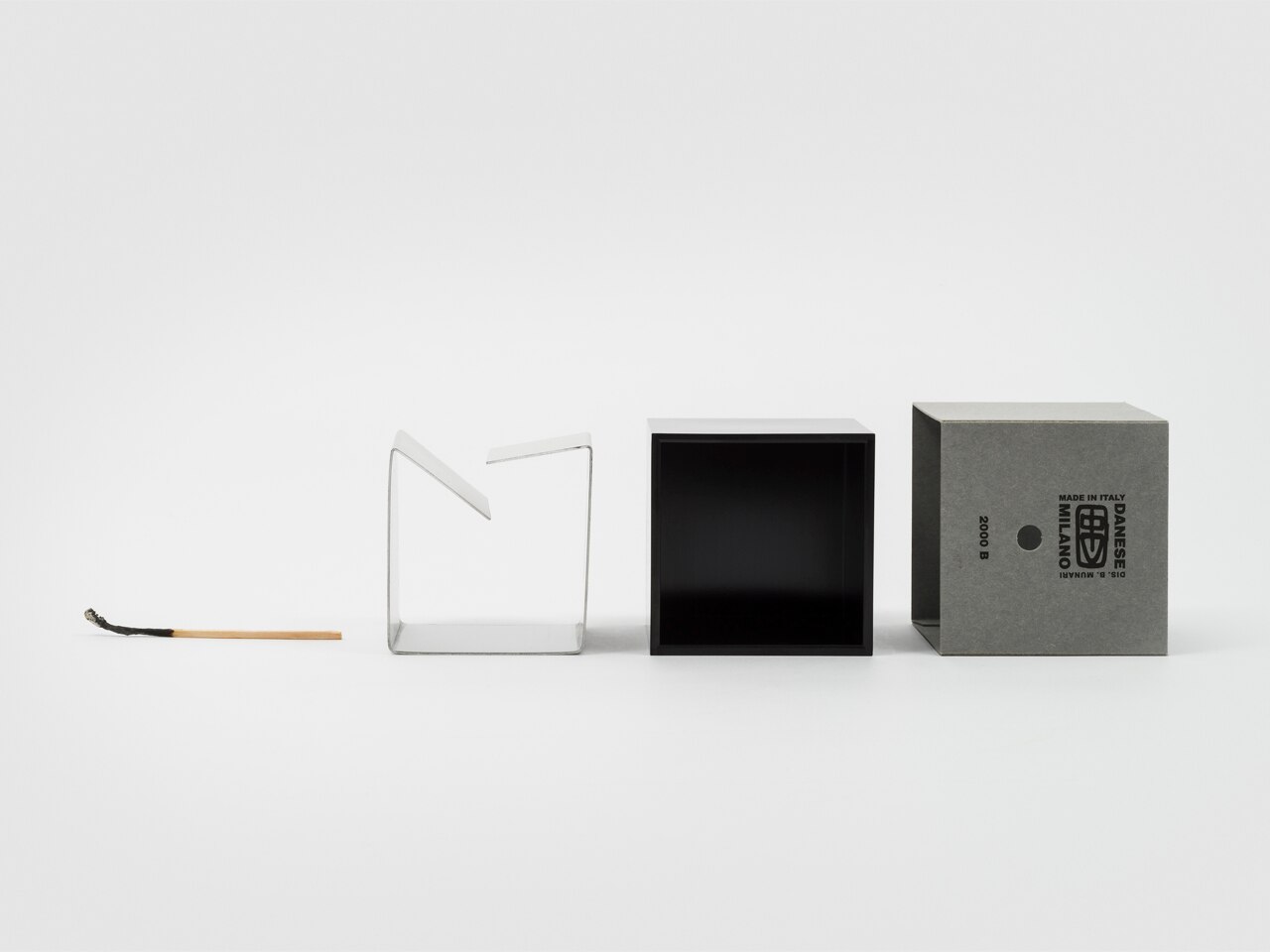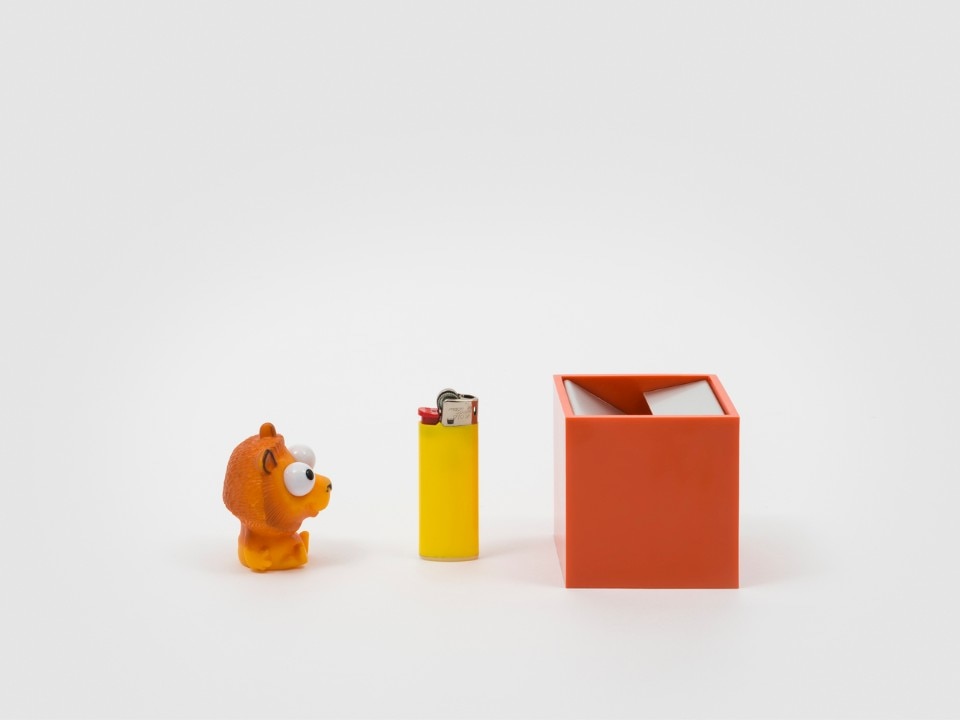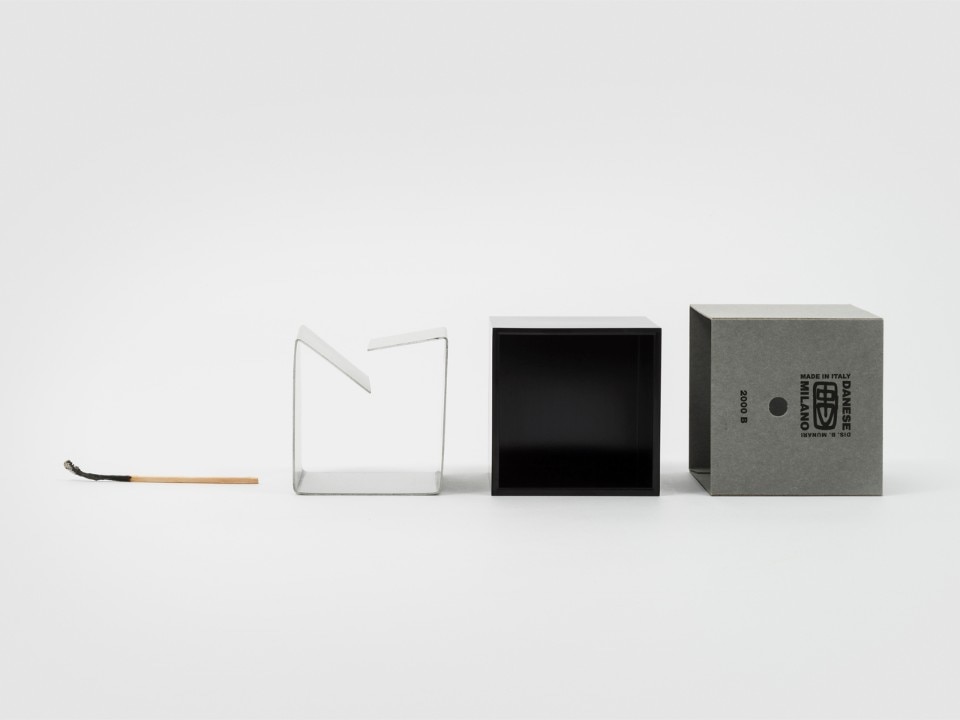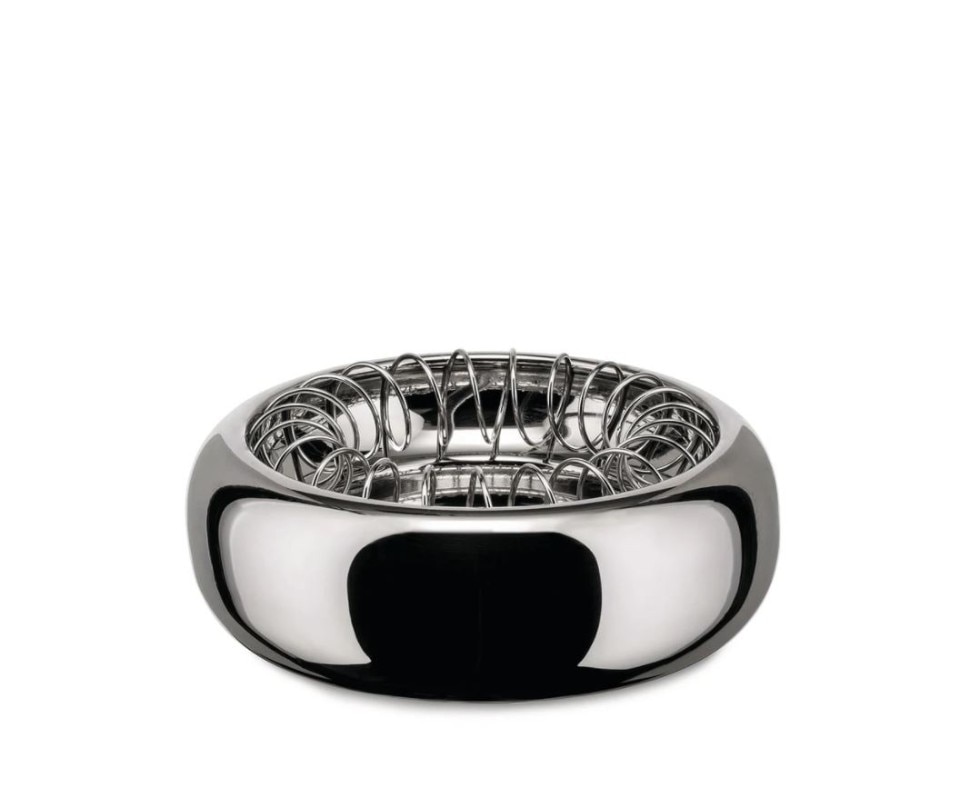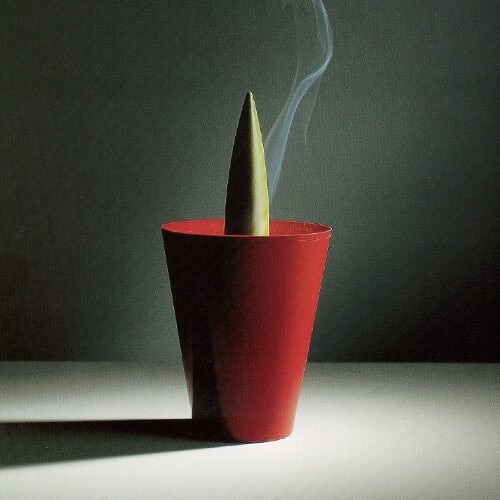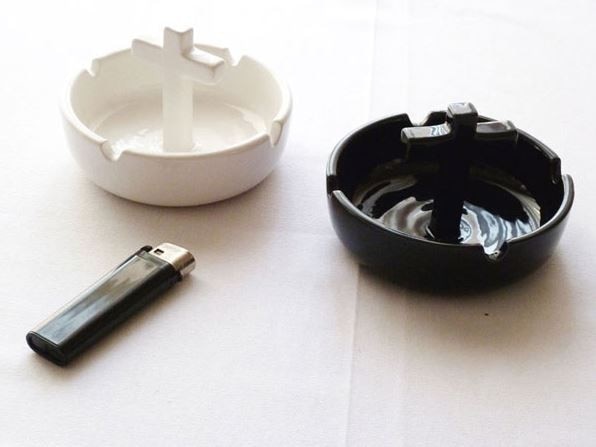Maybe it was distance learning or remote working, or perhaps lockdown stress or boredom. Or maybe even end-of-the-world anxiety. Point is, after years of ostracism and decline, the age-old bad habit of smoking is starting to make a comeback. In Italy, the Istituto Superiore di Sanità (ISS) confirmed it: during the pandemic, the number of Italian smokers (including e-cigarettes and vaping) has increased by 1.2 million. In America, it is the major newspapers that are claiming it: for the first time in twenty years, cigarette sales are increasing, the decrease in smoking seems to be coming to a halt and many young people are choosing nicotine almost as a punk way to reject and refuse a dominant culture made of compulsory yoga-based, organic and vegan wellness.
This is a sensitive matter, as it calls on issues and problems that go far beyond fashions and individual and collective bad habits and it involves the wellbeing of society as a whole. However, what is certain is that with the comeback of smoking, all the objects that were linked to the most common of twentieth-century bad habits are also coming back. For example, think of the ashtrays: who has even used them in recent years?

Among all “modern” items of furniture, the ashtray is one of those that became obsolete very rapidly. Hardly anyone smokes inside their homes anymore. So, ashtrays are still there, mute witnesses of a near past that now seems truly remote. And to think that some of the most important designers worked on the theme of the ashtray: Bruno Munari’s Cubo (1957), for example, comes to mind. Perfect in its abstractness, an element of bent sheet metal hides the cigarette butts and residues of smoke from sight and smell. Think also of Spirale (1971) by Achille Castiglioni, an avid but also distracted smoker, who designed a spiral spring that prevented cigarettes from falling out.
There are also Sottsass’s Portacenere he made for Olivetti, Anna Castelli Ferrieri’s Spirali she made for Kartell, and – more recently – Philippe Starck’s Joe Cactus. Not to mention Emanuele Magini who, with great irony, in 2010 placed a cross at the centre of his Peace Smoking.
Should they all be put out to pasture, then? No way! Deprived of their original function, ashtrays were being resemantised, becoming “free” objects that – precisely because they had no function – could be used for all kinds of purposes. Who knows if they will now regain their original function? And if someone will start designing them again, perhaps according to the new rituals that come with smoking?
Among other smoking-related objects, one of the most famous and popular is undoubtedly the Bic disposable lighter, patented in 1973 by Baron Marcel Bich. In the early 1970s, Bich decided to buy the French lighter company Flaminaire. He wanted to develop a disposable lighter that would compete with impractical wooden matches and expensive, bulky cigarette lighters. Hence the idea of taking a lighter, modifying it with a non-replaceable butane container and equipping it with a sophisticated ignition mechanism. It achieved remarkable success and the Bic lighter, with its elliptical, simple and easy-to-handle design, quickly became not only a worldwide success but also an icon and a collector’s item, so much so that both the MoMA in New York and the Centre Pompidou in Paris have a few examples on display.
And then there is the great topic of the packaging of cigarette packs. In the past, great designers have challenged themselves with it, just think of Raymond Loewi, who, as well as inventing the Shell logo and the Coca-Cola bottle, also the logo and the entire packaging of Lucky Strikes in the 1940s, or the many designers who over the decades have restyled the Gitanes, from the art deco style pack created in 1927 by Maurice Giot to the dancing gypsy designed in 1947 by Molusson.
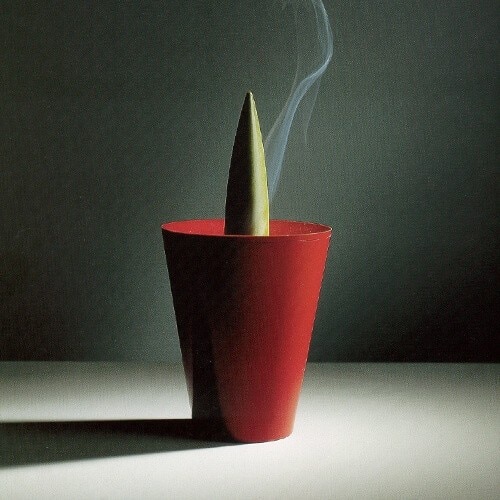
Even today, the packaging industry is having fun creating colourful and playful cardboard or silicone cases or packet covers, with which to cover and hide the “dissuasive” images that the law requires to be printed on packs to inform smokers of the risks they’re running. But there are also others like the anonymous New York artist Artfucker who, with his Smoke Show series, created a collection of cigarette packs on whose packaging he provocatively prints the logos of some very well-known luxury companies or pop culture icons like Playboy, Barbie, and Mickey Mouse.
And there are even those who mock the whole thing by designing coffin-shaped packs. The message is always the same: smoking kills. But here, provocatively, who’s already dead and ready for being buried is the cigarette – the murderer.
Immagine in apertura: Achille Castiglioni, Spirale, posacenere, Alessi, 1984. Courtesy © 2022 ALESSI SPA (IT)



